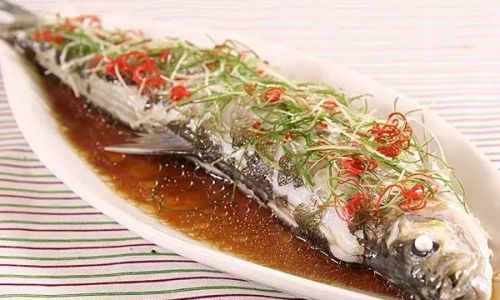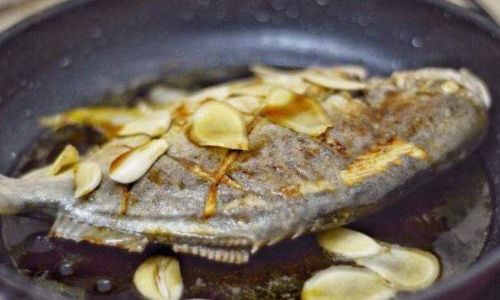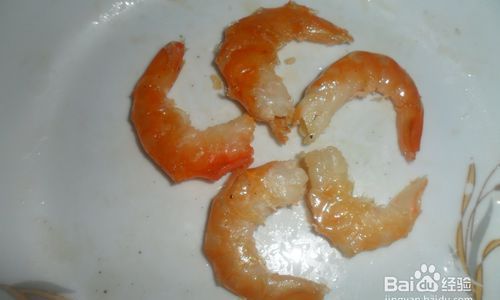Grilling fish is a delightful culinary experience that brings out the natural flavors and textures of the seafood. However, enjoying grilled fish to its fullest potential hinges on one crucial factor: freshness. Consuming fresh fish ensures not only optimal taste but also safety from potential health risks associated with spoiled seafood. Determining the freshness of grilled fish can be a bit tricky, especially since cooking masks some of the telltale signs of freshness. This comprehensive guide will walk you through various methods and indicators to help you assess whether your grilled fish is fresh or not.
Understanding Freshness in Fish
Before diving into the specifics of judging grilled fish, it’s essential to understand what constitutes freshness in fish. Fresh fish is characterized by its firm texture, vibrant color, mild scent, and overall appearance. As fish begins to decompose, it undergoes a series of changes that alter these characteristics. These changes can be accelerated by improper handling, storage conditions, and time elapsed since the fish was caught.
Visual Inspection Before Grilling
The first step in ensuring the freshness of grilled fish is to carefully inspect the fish before it hits the grill. Here are some key visual cues to look for:

-
Color: Fresh fish typically has a bright, vivid color. For example, salmon should have a rich, pink hue, while tuna should appear deep red. Discoloration, such as dulling or fading, can indicate that the fish has been out of water for too long.
-
Eyes: The eyes of a fresh fish are clear and bulging. If the eyes are cloudy, sunken, or have a film over them, it’s a sign that the fish is not fresh.
-
Gills: The gills of a fresh fish should be red and moist. Dark, slimy, or sticky gills are indicative of decomposition.
-
Skin: The skin of fresh fish is tight and shiny. Slack, dull, or flaky skin can be a red flag.
-
Scales: Fresh fish scales are easy to remove and should not come off in patches. If the scales are falling off easily or the fish feels slimy, it might not be fresh.
-
Flesh Firmness: Press gently on the flesh of the fish. Fresh fish should feel firm and spring back to its original shape. If it feels mushy or leaves an indentation, it’s likely not fresh.

Olfactory Assessment
Smell is another crucial sense when it comes to assessing fish freshness. Fresh fish has a mild, oceanic scent. As it begins to decompose, it develops a stronger, fishy odor that can become increasingly pungent. Here’s how to use your nose to determine freshness:
- Mild, Clean Smell: This indicates that the fish is fresh.
- Fishy Odor: A stronger fish smell can mean the fish is starting to spoil.
- Ammonia-like Smell: A very strong, ammonia-like odor signifies that the fish is no longer fresh and should not be consumed.
Touch and Texture Analysis
Touching the fish can also provide valuable insights into its freshness. Remember, fresh fish feels firm and resilient:
- Firm Flesh: Press your finger into the flesh of the fish. It should bounce back quickly.
- Elastic Skin: The skin should feel taut and elastic, not slack or rubbery.
- No Stickiness: Fresh fish should not feel slimy or sticky to the touch.
Checking for Signs of Spoilage
Certain visible signs can immediately indicate that the fish is spoiled and unsuitable for consumption, even before grilling:
- Discoloration: Extensive discoloration, such as dark spots or patches, is a sign of decomposition.
- Sliminess: A slimy coating on the surface of the fish is a clear indication that it’s not fresh.
- Bacterial Growth: Any mold, mildew, or other signs of bacterial growth should be immediately apparent and should prompt you to discard the fish.
Grilling Techniques and Freshness Preservation
Once you’ve confirmed that your fish is fresh, proper grilling techniques can help retain its freshness and enhance its flavor:
-
Pre-Grilling Preparation: Pat the fish dry with paper towels to remove any excess moisture. This helps in achieving a better sear and prevents the fish from sticking to the grill grates.
-
Marinating: While marinades can add flavor, they can also mask the taste of freshness. If you choose to marinate, do so for a short period (no longer than an hour) using acidic ingredients like lemon juice or vinegar, which can help preserve the fish.

-
Oil the Grates: Lightly oil the grill grates to prevent sticking and ensure even cooking. Use a high-heat oil like avocado or grapeseed oil.
-
Cooking Temperature: Preheat your grill to medium-high heat. This ensures that the fish cooks quickly, locking in moisture and flavor.
-
Grilling Time: Cook the fish until it reaches an internal temperature of 145°F (63°C) for flaky fish like salmon or 165°F (74°C) for thicker cuts like swordfish. Use a meat thermometer to check for doneness.
-
Doneness Check: Flip the fish once during grilling. It should have a golden-brown crust and flake easily with a fork when done.
Assessing Grilled Fish for Freshness
After grilling, there are still ways to check if the fish retains its freshness:
-
Appearance: Freshly grilled fish should have a moist, golden-brown exterior and a tender, flaky interior. If the fish looks dried out, overcooked, or discolored, it might have started to spoil before grilling.

-
Aroma: Freshly grilled fish should have a pleasant, smoky aroma combined with the natural scent of the fish. Any strong, off-putting odors indicate that the fish was not fresh before cooking.
-
Texture: The flesh of fresh grilled fish should be moist, tender, and flake easily with a fork. Dry, rubbery, or mushy texture can be signs of spoilage.
-
Juiciness: Fresh fish retains its juices well after grilling. If the fish seems dry or lacks moisture, it might have been past its prime before cooking.
Storage and Handling Before and After Grilling
Proper storage and handling are crucial in maintaining the freshness of fish, both before and after grilling:
-
Before Grilling: Store fish on ice or in the refrigerator until you’re ready to cook it. Keep it in an airtight container or wrapped tightly in plastic wrap to prevent cross-contamination and moisture loss.
-
After Grilling: Leftovers should be stored in an airtight container and refrigerated immediately. Consume grilled fish within a couple of days for optimal freshness and safety.

Final Thoughts
Determining the freshness of grilled fish involves a combination of visual inspection, olfactory assessment, and tactile analysis both before and after cooking. By paying close attention to these indicators, you can ensure that your grilled fish is not only delicious but also safe to eat. Remember, fresh fish is the cornerstone of any successful grilling experience, so always prioritize quality and freshness when selecting your seafood. With the right knowledge and techniques, you can enjoy perfectly grilled, fresh fish every time you fire up the grill.





0 comments